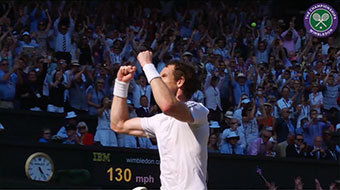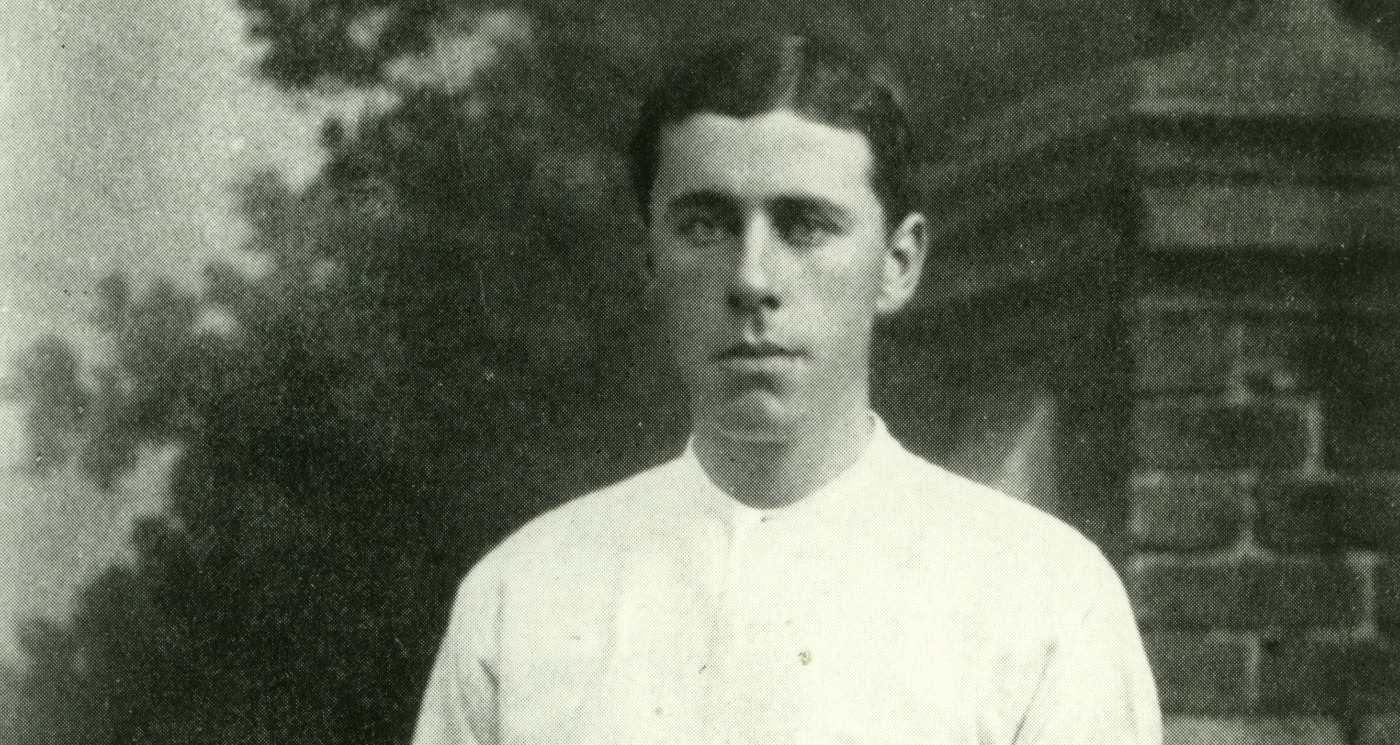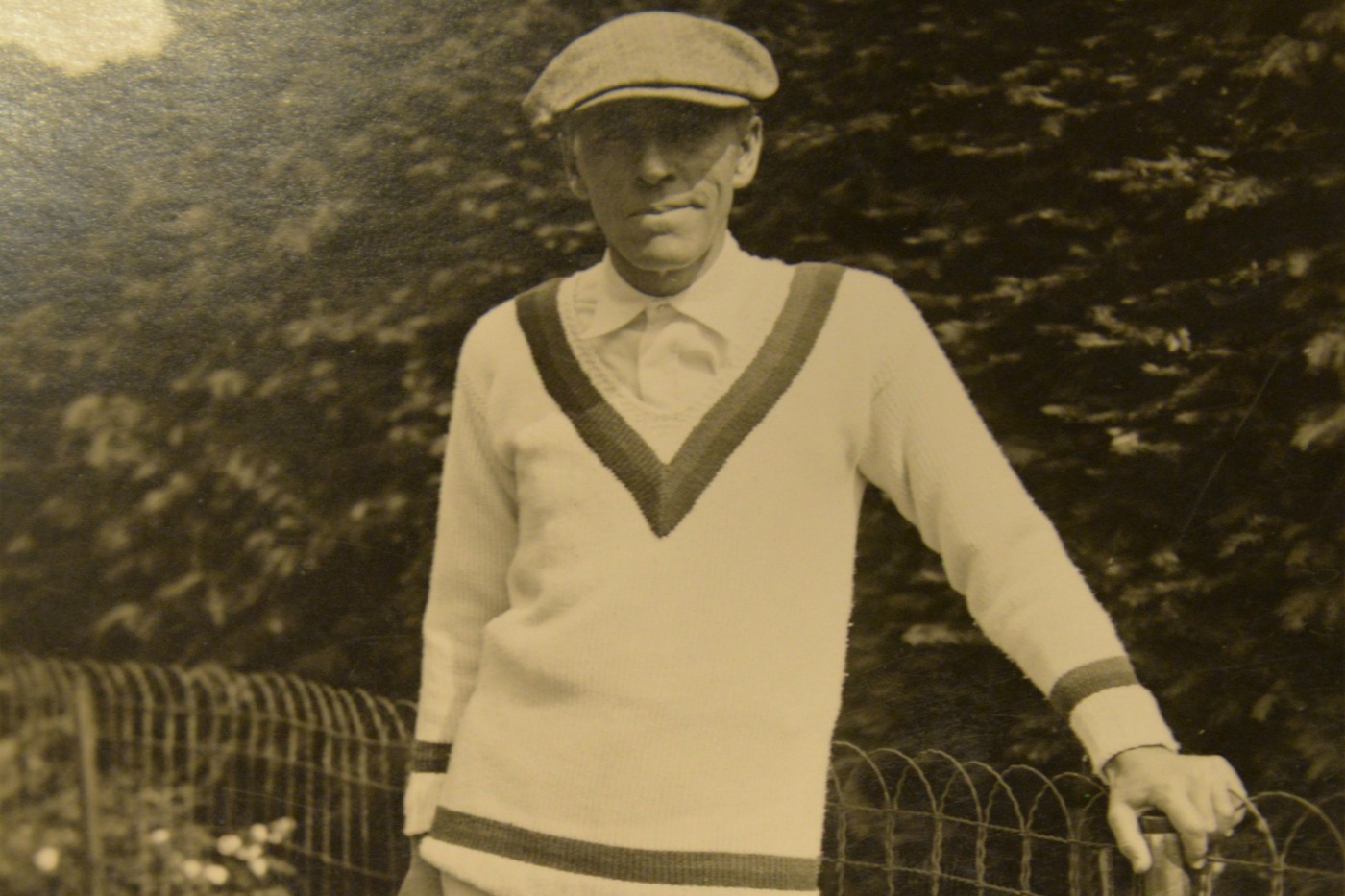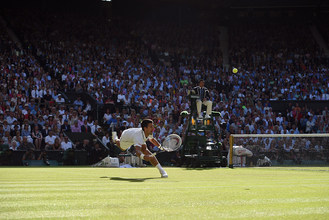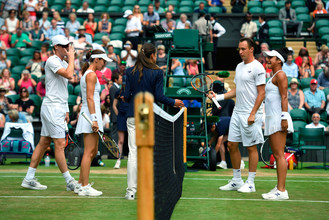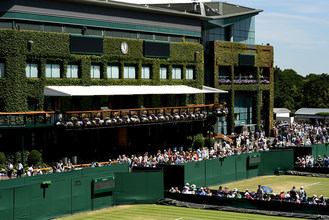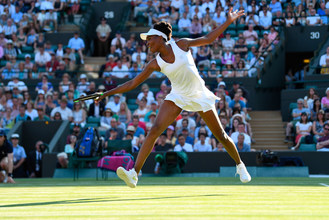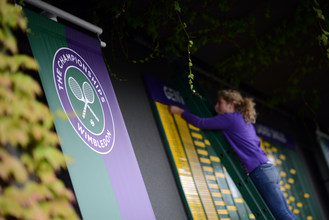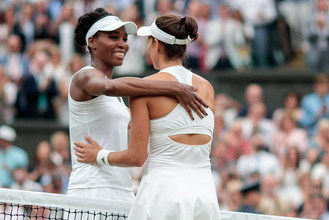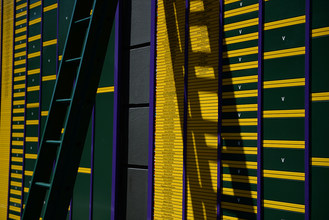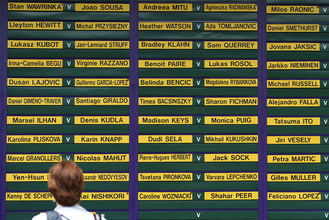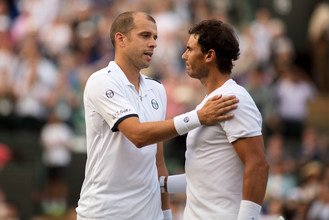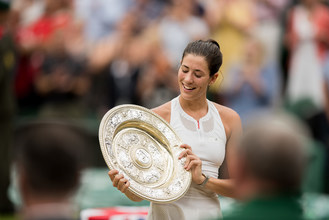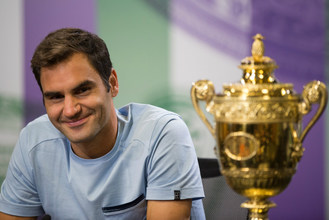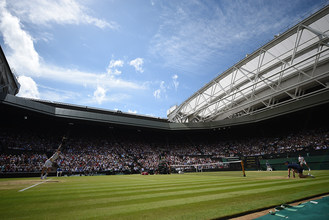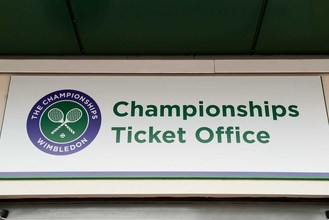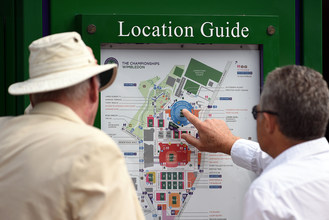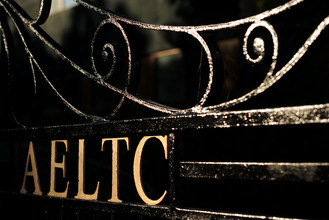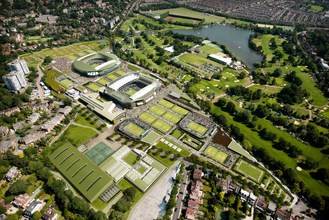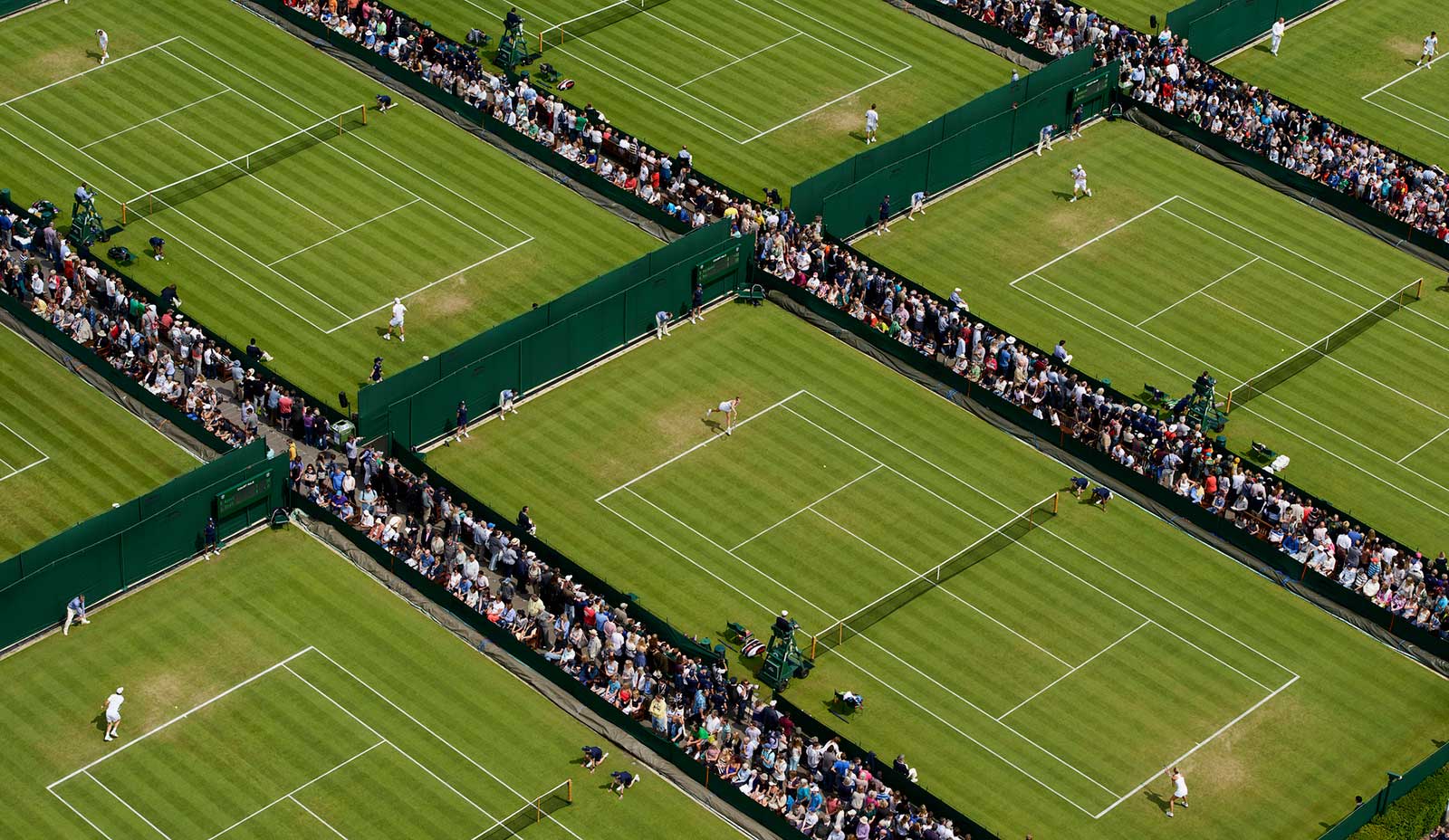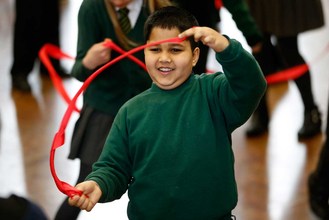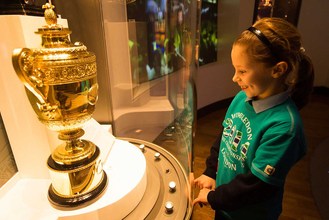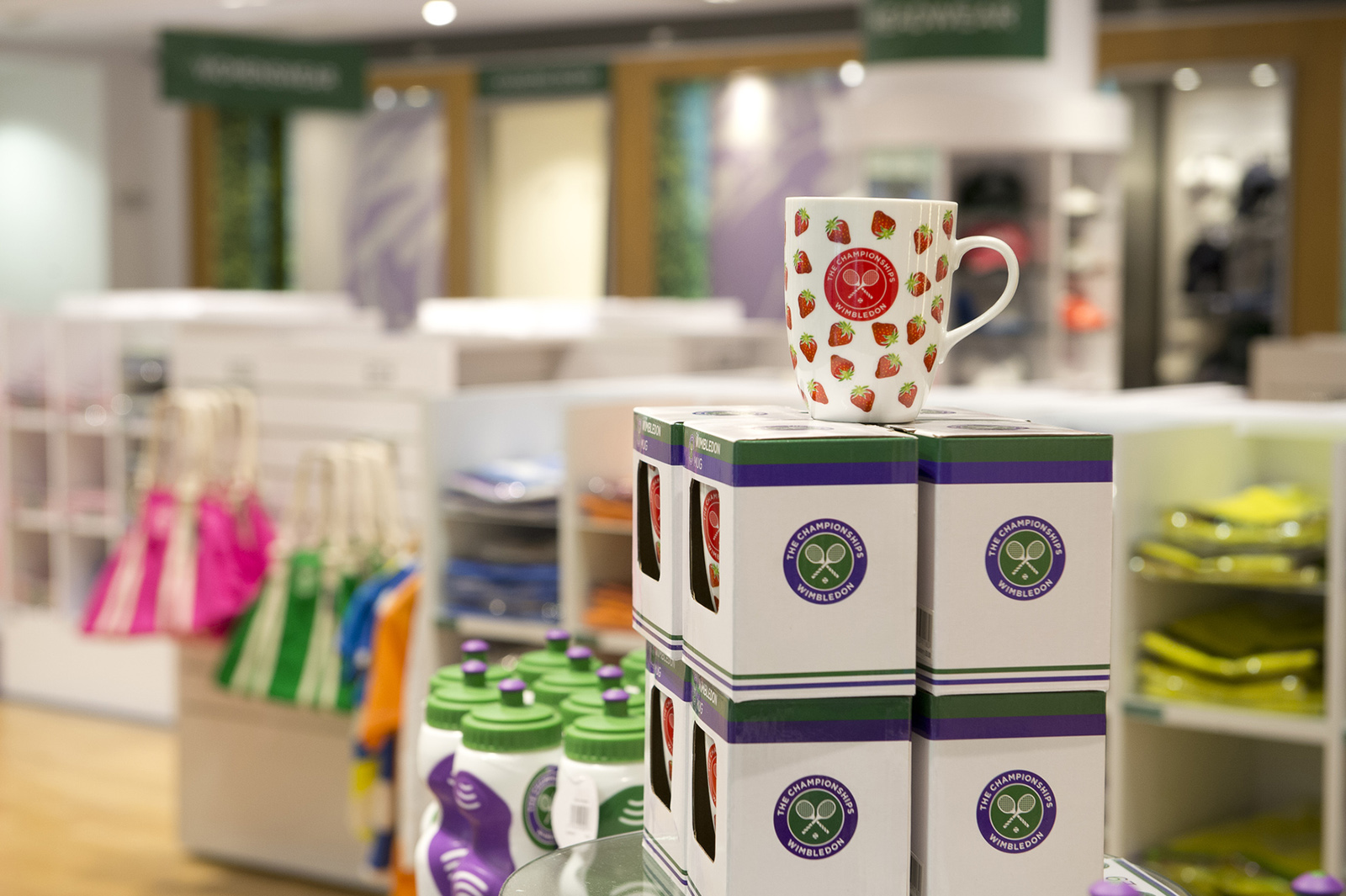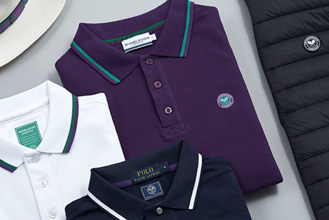For those with a sense of history, how fitting it would be if Andy Murray were to lift the Norman Brookes Challenge Cup for the first time at the Australian Open later this month. Until Murray was named in the recent New Year Honours list, Brookes was the only other tennis champion who had ever been awarded a knighthood.
Brookes has been called the father of Australian tennis but he also holds a special place in Wimbledon history. In 1907 he became both the first overseas winner of the Gentlemen’s Singles at The Championships, and the first left-handed champion. He won the title again in 1914 and at the age of 41 was still good enough to reach the final when competition resumed in 1919 after the end of the First World War.
In his peaked cap, long trousers and immaculate shoes, Brookes was always impeccably turned out. Bud Collins, in his “Tennis Encyclopedia”, described the Australian as “austere in bearing, rather taciturn, a man of strength and character to command respect and win honours.”
Brookes’ debonair on-court appearance disguised a wickedly effective game. His acutely angled volleys won him many points, but it was his swerving left-handed serve, which kicked and skidded off the grass, that was his greatest weapon. At that time most players had little experience of returning serve against left-handed players.
On his next visit to The Championships, in 1907, Brookes proved unbeatable, though he was pushed to five sets in the second round by the New Zealander Anthony Wilding, who was to be his greatest rival in the years leading up to the First World War. Wilding and Brookes played doubles at Wimbledon twice and were unbeaten, claiming the title in both 1907 and 1914.
An American, Karl Behr, also took Brookes to five sets in 1907, in the fourth round, but the Australian won all his other matches in straight sets, including the All-Comers’ Final against Arthur Gore, the 1901 champion. Laurence Doherty did not defend his title.
Brookes next played at The Championships in 1914, when he was 36. He reached the All-Comers’ Final without dropping a set but was then taken to five by Germany’s Otto Froitzheim. Brookes beat Wilding 6-4, 6-4, 7-5 in the Challenge Round as the champion of 1910, 1911, 1912 and 1913 suffered his first singles defeat at the All England Club for six years.
Because of the war Brookes did not play at The Championships again until the Challenge Round of 1919. Clearly at a disadvantage as defending champion because of his lack of match play, Brookes was beaten 3-6, 5-7, 2-6 by his fellow countryman, the hard-hitting Gerald Patterson. The match revived talk of the need to abolish the Challenge Round, which was indeed dispensed with three years later.
Brookes’ final appearance at The Championships came in 1924. At the age of 46 he reached the fourth round, winning a five-set marathon against Frank Hunter, the previous year’s runner-up and 17 years his junior, before losing to Belgium’s Jean Washer.
Brookes won only one other Grand Slam singles title, in his home country in 1911, but won four in doubles. As well as his triumphs at The Championships, he won the US title with Patterson in 1919 and the Australian Championships with James Anderson in 1924, when Brookes was 46.
A Davis Cup stalwart, Brookes won 28 of the 39 rubbers he played between 1905 and 1920. He was a member of the triumphant Australasia team in 1907, 1908, 1909, 1911, 1914 and 1919.
As an administrator Brookes did much to raise the profile of the Australian Championships (which eventually became the Australian Open). He was also instrumental in developing Kooyong, which was the home of the tournament until it moved across the city to what is now Melbourne Park in 1988. He died in 1968.

